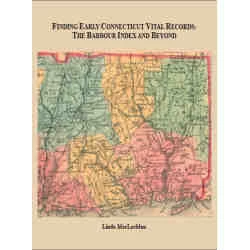Description
The links between Scotland and the countries lying along the southern shores of the Baltic can be traced back as far as the late medieval period, when Scottish knights accompanied the Teutonic knights on their Baltic Crusade. Since then, there have been economic links that led western merchants–Scots included–to settle in the main seaports of Eastern Europe, such as Danzig. The main period of Scottish settlement in Eastern Europe occurred from 1560 to 1650, when Scottish, German, Dutch, and Jewish entrepreneurs were lured to the Baltic by the promise of economic opportunity. According to one authority, by the 1640s as many as 30,000 Scots were resident in Poland alone. After 1650, Eastern Europe waned as a beacon for Scottish immigration, and some Scots returned to their Scottish homeland. The majority, however, became integrated into their adopted Baltic societies. In due course, many of their descendants would immigrate to America.
For Part Three in this series, David Dobson examined scores of Scottish primary and secondary sources before producing a list of 1,000 additional Scots who settled in the Baltic (2,500 were identified in Part One, and 2,000 more were identified in Part Two). Arranged alphabetically, entries furnish the individual’s name with variants, a place of residence in Eastern Europe, the date of the record, and the record’s source. In some cases you may also find a reference to the individual’s place of origin in Scotland, occupation, relationships to other persons named (i.e., parent, spouse, offspring), membership in a fraternal organization, etc. A significant feature of Part Three is the inclusion of a list of the vessels, their captains, and the routes taken between Scottish ports and the Baltic during the years this volume covers.







Reviews
There are no reviews yet.